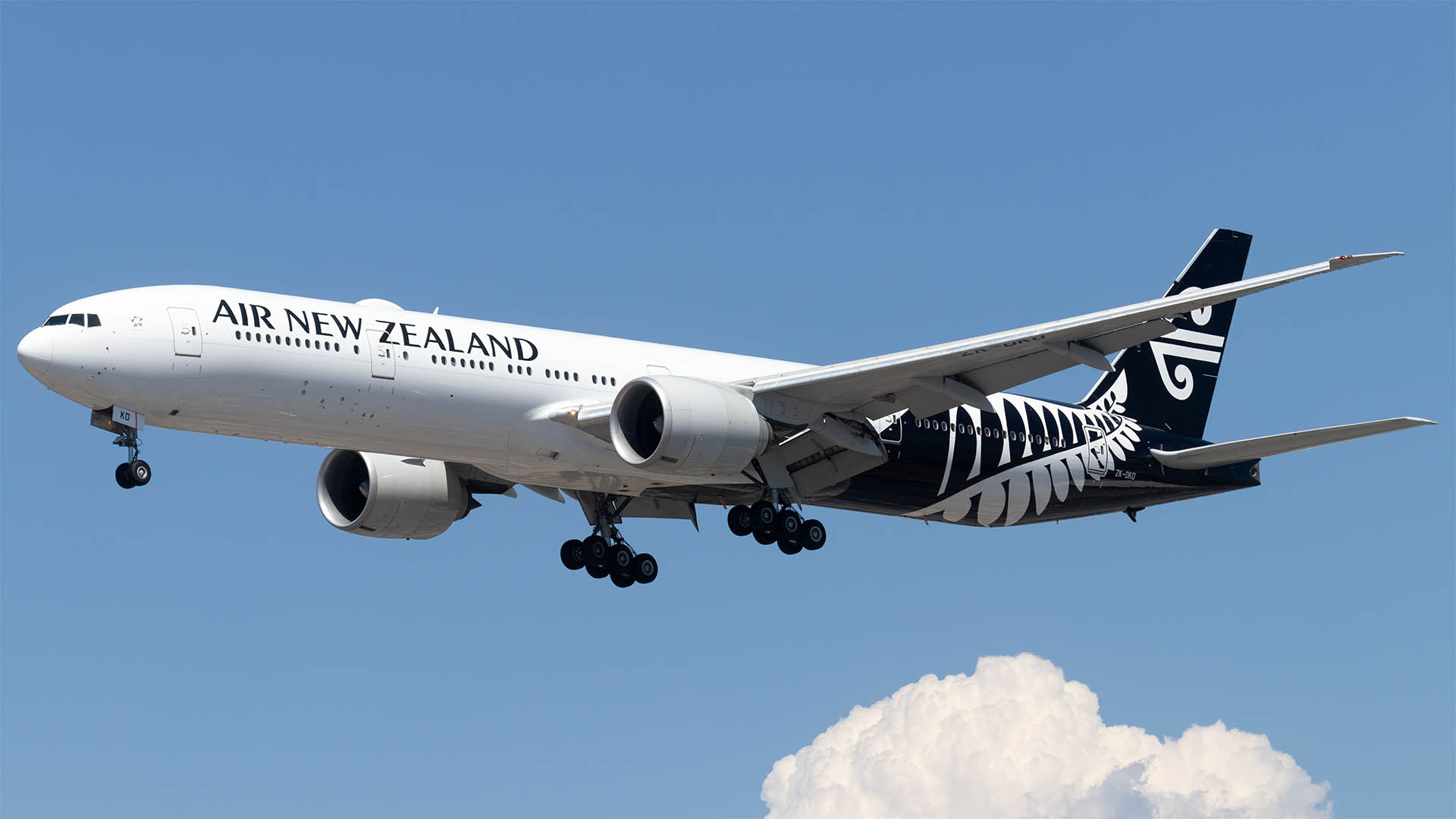BlueScope Steel, Australia's largest steelmaker, had to battle the stronger dollar in the second half but still came up with a reasonable result in the year to June 2007.
Earnings doubled from 2006's depressed result and BSL says it has started the 2008 financial year well because of continuing strong demand in the global steel market.
The company said 2007 net profit was $686 million, up 103% from $338 million in the 2005-06 year when the first half of that year saw earnings belted by a strong rise in the prices of iron ore, coal and base metals such as zinc.
The higher cost of zinc has bedevilled BSL in the past two years and the latest profit represents more a return to normality than any real improvement in trend earnings.
Some brokers and analysts were a little disappointed with the result, particularly the second half when profit fell short of what the market was expecting.
The sharp rise in the value of the Aussie dollar and a higher cost of zinc were major second half factors in trimming earnings.
According to Paul O'Malley, the Chief Financial Officer and new CEO, higher iron ore, zinc and scrap metal prices boosted BlueScope's full-year production costs by $365 million while the Australian dollar's rise cut second half earnings by about $30 million.
The Australian dollar bought an average 81 US cents in the second half, compared with 76 cents in the first, O'Malley said yesterday.
The dollar finished under 80 USc yesterday.
BlueScope shares jumped by as much as 84 cents in early trading in the wake of the result but the gains eased, despite the overall market powering higher.
The shares hit a high of $11.07, before retreating to close at $10.75, still up 52c on Friday's close.
Revenue rose 11% to $8.913 billion, on the back of higher prices, better exports and higher sales at home and in Asia and the US.
Earnings before interest, tax, depreciation and amortisation (EBITDA) rose 67% to $1.423 billion.
Retiring CEO, Kirby Adams, said "We have started full-year 2008 with a stronger Australian dollar, a stable global steel price environment and high metal coating costs".
He said that global steel demand will remain positive this year driven by Asia, Europe and the US.
"This year, the global steel market was very strong with the forecast for global steel demand remaining positive," he said.
"China, the USA and Europe are driving this healthy outlook.
"Asia now produces more than half of all the crude steel produced in the world, and China is the largest single market for steel and has the strongest demand growth of any country."
Mr Adams said while the Chinese government had been working to eliminate inefficient mills and reduce exports, it had not significantly slowed production.
In Australia, BlueScope had started fiscal 2008 well with a stronger Australian dollar, a stable global steel price environment and high metal coating costs.
"Asian markets and opportunities are slightly improved, and the operational ramp-up of new sites is growing revenue while coated product margins continue to be under pressure, particularly in China," he said.
"We will continue to aggressively manage those factors over which we have control, including focusing on safety and environment, containing costs, improving our processes, achieving volume and production efficiencies, and optimising mix and margins.
"Clearly, our global footprint and the diversity of our product lines will be of benefit going forward."
Earlier this month, BlueScope announced that Mr Adams will be succeeded by chief financial officer, Paul O'Malley, in November.
Mr Adams said his last annual result as chief executive was pleasing with "excellent" operational performances across all businesses, including production records.
"All business reporting segments were profitable, with Port Kembla Steelworks continuing to be the profit and cash flow engine of the company," he said.
"Pleasingly, our Asian portfolio exhibited substantial volume growth as new operations in China, Vietnam, Thailand and India were commissioned and ramped up.
"Margin compression in our mid-stream metallic coating and painting businesses prevailed through most of the year, as these businesses confronted huge increases in zinc costs and growing exports from expanding north Asian production."
BlueScope made a profit of $128 million on its 19.9% stake in Smorgon Steel Group which it bought in August last year to block the smaller group's takeover by rival OneSteel Ltd.
That share purchase helped BSL win Smorgon's distribution business for around $700 million, leaving the rest of the company to OneSteel.
BlueScope also said its balance sheet gearing had dropped to 28%, from 38%, giving it a "very strong financial platform" for continuing growth.
BlueScope declared a final dividend of 26 cents and the total dividend for the year was 47 cents, up 7% on 2006.
And there was no talk about a bid or unofficial inquiries from possible bidders or just someone wanting a chat.
BSL had been a member of quite a few lists for a bid from a big world scale major over the last few months, but nothing eventuated.












